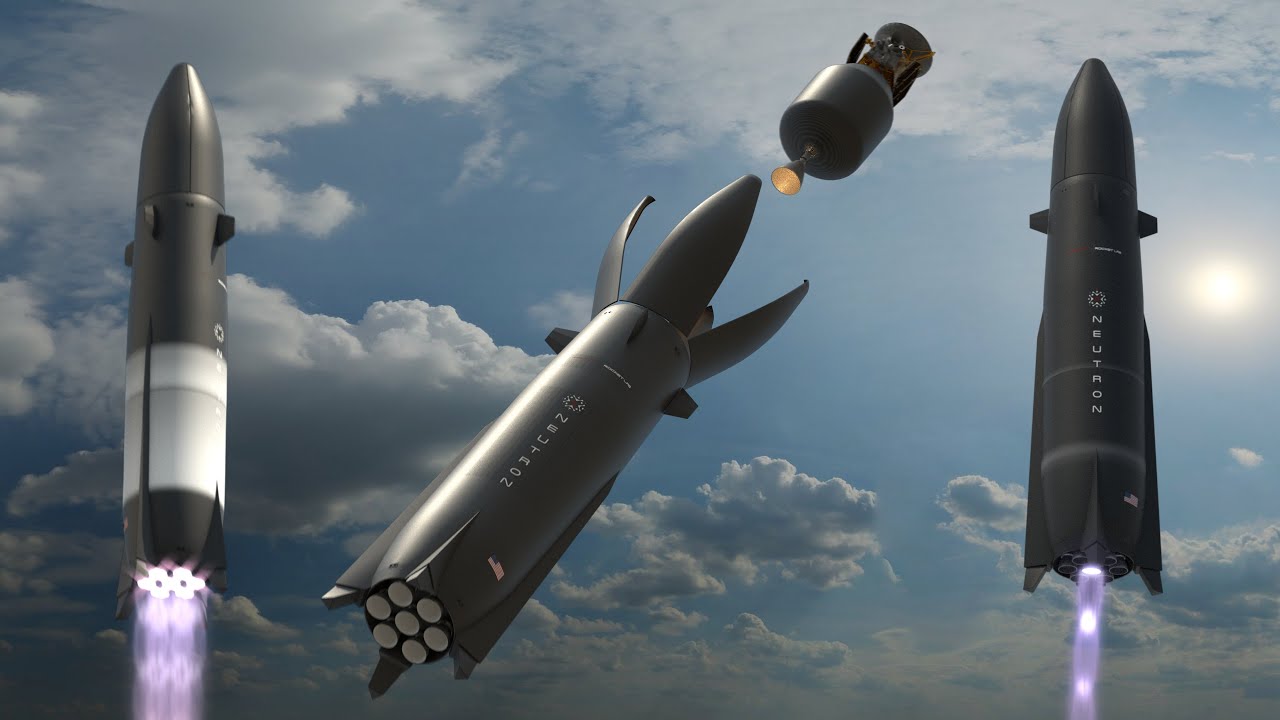India’s Precision Strike Era: Operation Sindoor and the Rise of Smart Weaponry
Introduction
India’s defense strategy has entered a new chapter—one that is defined by precision, technological superiority, and strategic assertiveness. In a bold response to the terrorist attack in Pahalgam, the Indian Armed Forces launched Operation Sindoor, a meticulously planned series of precision airstrikes targeting 21 terrorist camps across nine locations in Pakistan and Pakistan-occupied Kashmir (PoK). This operation not only demonstrated India's upgraded military capabilities but also underscored its commitment to safeguarding national security through cutting-edge, intelligent weapon systems.
Operation Sindoor: A Technological Statement
Launched in retaliation for the brutal killing of 26 civilians by Pakistani terrorists, Operation Sindoor marked a tactical shift in India’s military approach. Precision-guided weapons were deployed to neutralize terrorist infrastructure while minimizing civilian casualties. Although specific weapons used in the mission were not disclosed, it is widely understood that India employed its most advanced long-range guided missiles and loitering munitions.
Understanding Precision-Guided Munitions (PGMs)
Precision-guided munitions (PGMs)—often referred to as smart bombs or missiles—are designed to strike targets with pinpoint accuracy.
Key Features Include:
-
Advanced Guidance Systems: GPS, laser, radar, or infrared tracking for precision targeting.
-
In-Flight Correction: Ability to adjust course mid-air for optimal accuracy.
-
Reduced Collateral Damage: Targets are hit with minimal impact on surrounding areas.
-
Deployment Flexibility: Can be launched from air, sea, land, or drones.
-
Enhanced Accuracy: A drastic improvement over traditional unguided munitions.
India’s Key Precision Weapons
India’s arsenal has expanded significantly with advanced smart munitions integrated into platforms such as the Rafale fighter jets. Some of the most significant systems include:
1. HAMMER: Medium-Range Tactical Power
-
Full Form: Highly Agile and Manoeuvrable Munition Extended Range
-
Range: Up to 70 km
-
Developer: Safran (France)
-
Features: Autonomous targeting, jam-resistant, terrain-adaptive.
-
Role: Ideal for mid-range tactical strikes from Rafale jets.
2. SCALP: Stealth Cruise for Deep Penetration
-
Full Form: Système de Croisière Autonome à Longue Portée (Also known as Storm Shadow)
-
Range: Approx. 450 km
-
Developer: MBDA (Europe)
-
Strengths: Low-altitude flight, GPS & terrain-following navigation, bunker-busting capability
-
Use: Executed deep-strike missions without early detection.
3. METEOR: The Skies’ Most Lethal Hunter
-
Type: Beyond Visual Range Air-to-Air Missile (BVRAAM)
-
Engine: Solid-fuel Ramjet for sustained thrust
-
Key Strength: Massive 'No Escape Zone' with high kill probability
-
Advantage: Effective in dense electronic warfare environments.
4. BRAHMOS: Supersonic Strike Force
-
Developers: DRDO (India) and NPO Mashinostroyeniya (Russia)
-
Speed: Up to Mach 3
-
Launch Platforms: Land, air, sea
-
Features: Fire-and-forget mode, low terminal altitude, high-speed engagement
-
Payload: 200–300 kg warhead with minimal interception risk.
5. Loitering Munitions: Eyes in the Sky, Ready to Strike
Loitering munitions combine surveillance and strike capabilities in a single platform. These unmanned aerial systems can hover over target zones, provide real-time intelligence, and execute precise strikes at the opportune moment. India’s growing inventory includes indigenously developed drones and imported systems aimed at enhancing situational awareness and battlefield precision.
Strategic Impact of Operation Sindoor
Operation Sindoor was more than just a retaliatory mission—it was a demonstration of India’s technological prowess and tactical precision. By executing airstrikes with pinpoint accuracy and minimal civilian damage, India signaled a shift from conventional responses to strategic, high-tech warfare. The operation has also reinforced India’s deterrence capability and its resolve to proactively safeguard its sovereignty.
Conclusion
India's evolving military doctrine emphasizes precision, speed, and strategic depth. The deployment of precision-guided weapons in Operation Sindoor represents not only a milestone in defense preparedness but also a shift in how India deals with cross-border threats. As the nation continues to modernize its armed forces with next-generation systems like SCALP, HAMMER, METEOR, and BRAHMOS, it is clear that India is not just preparing for the future of warfare—it is already shaping it. Precision, purpose, and power now define India’s path in defense strategy.


.png)

Comments (0)